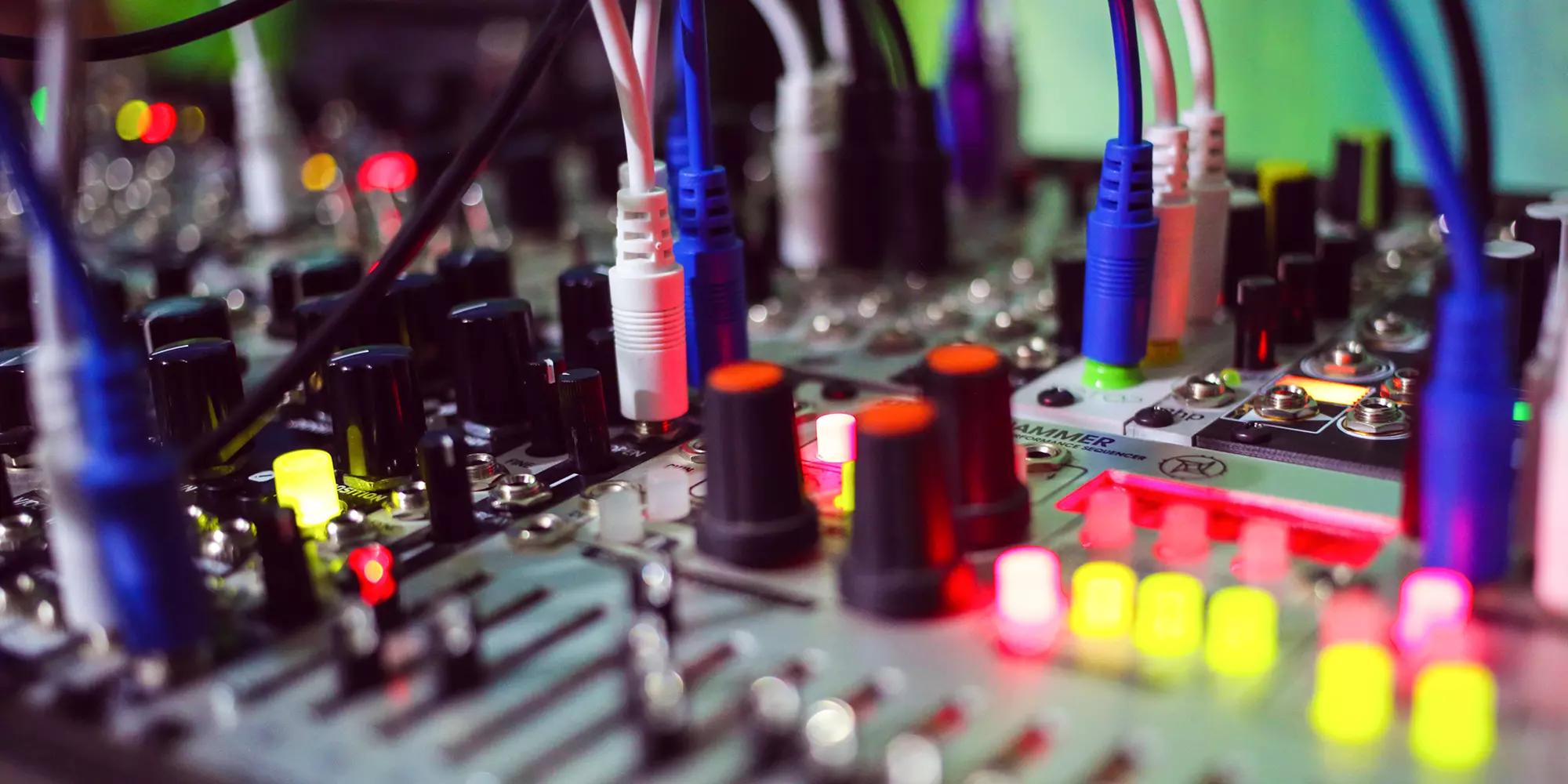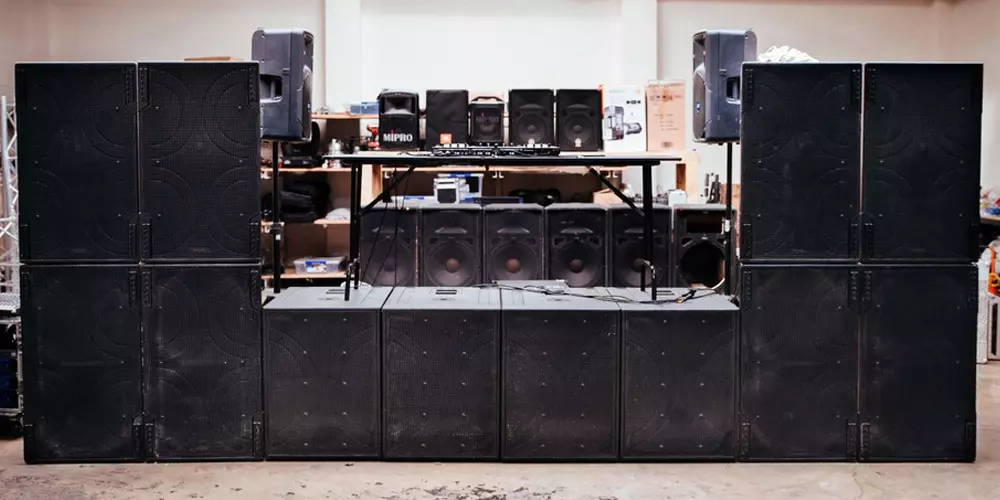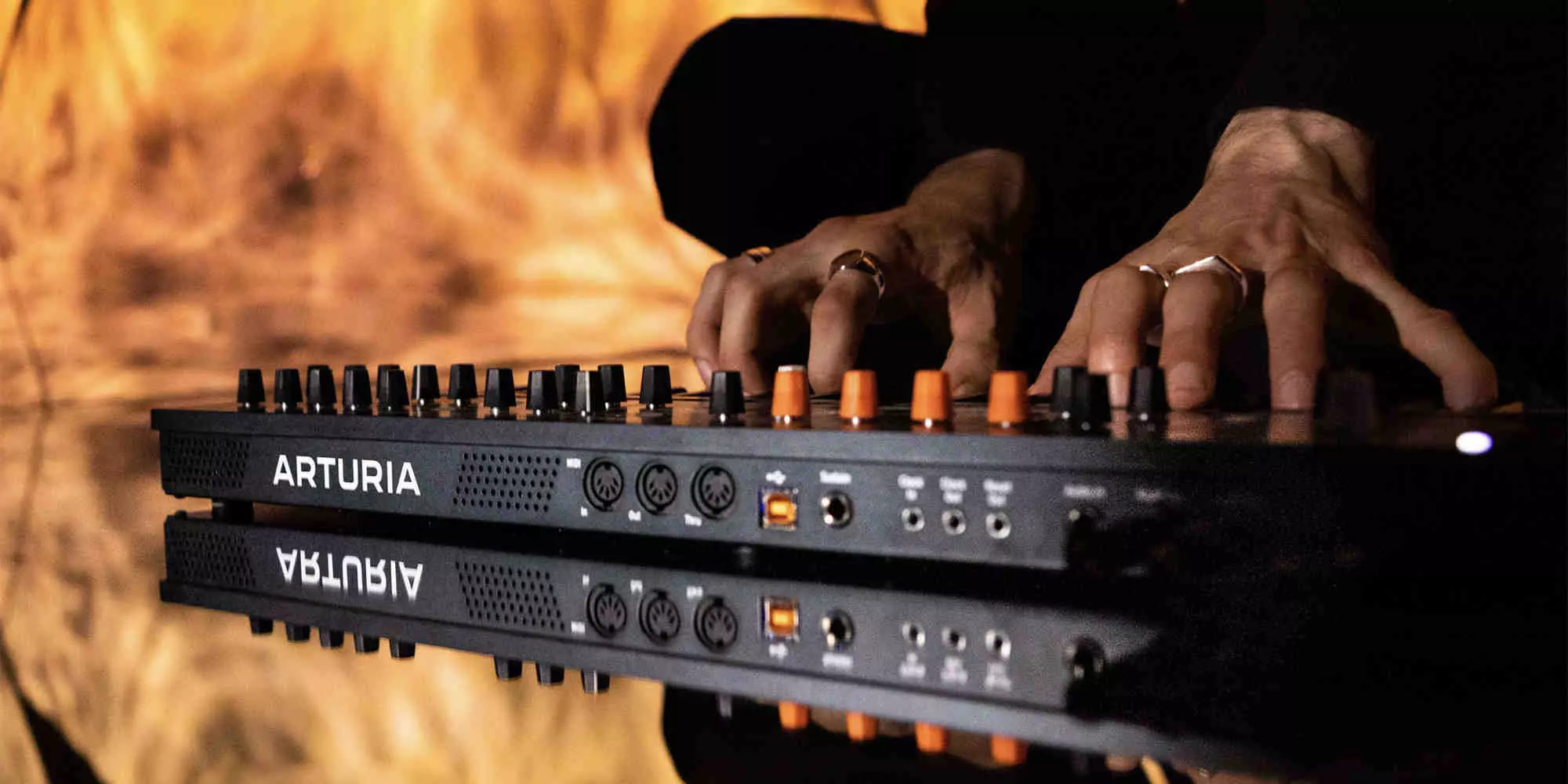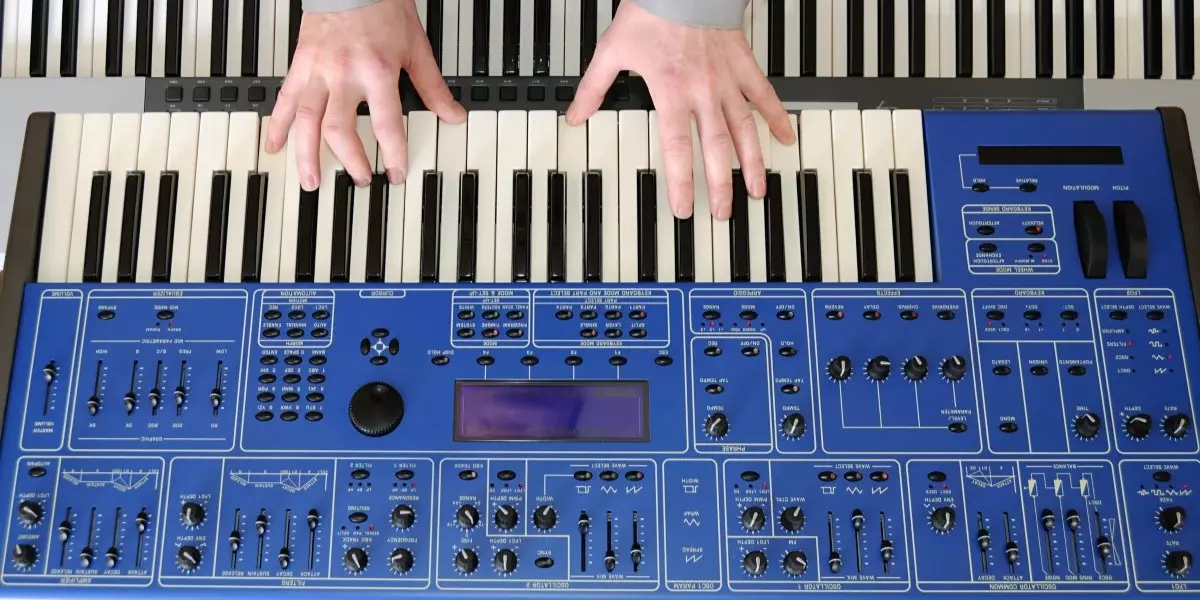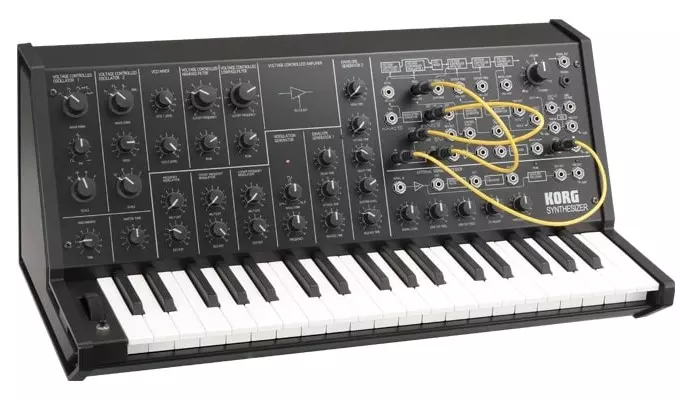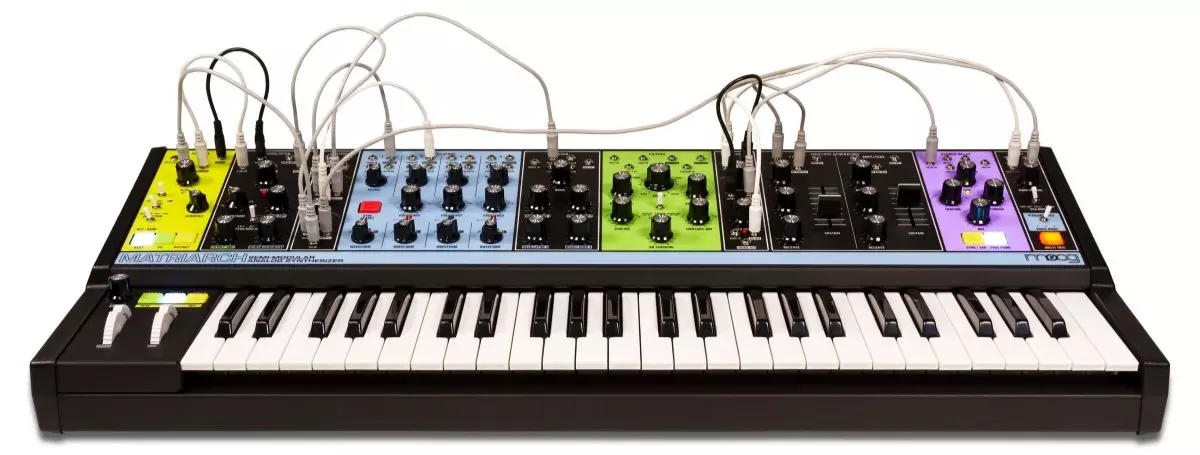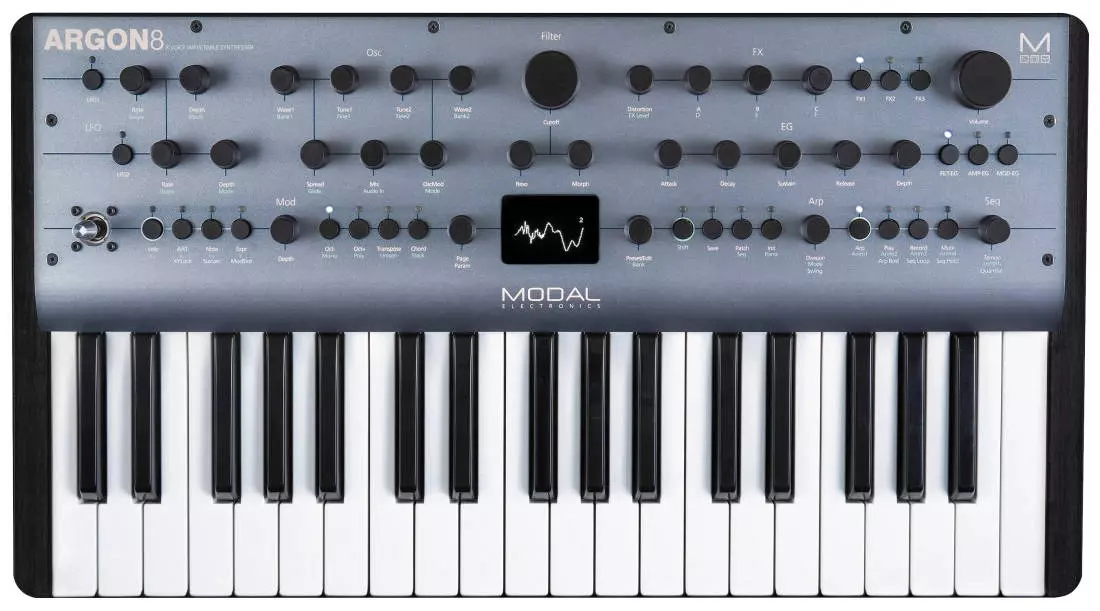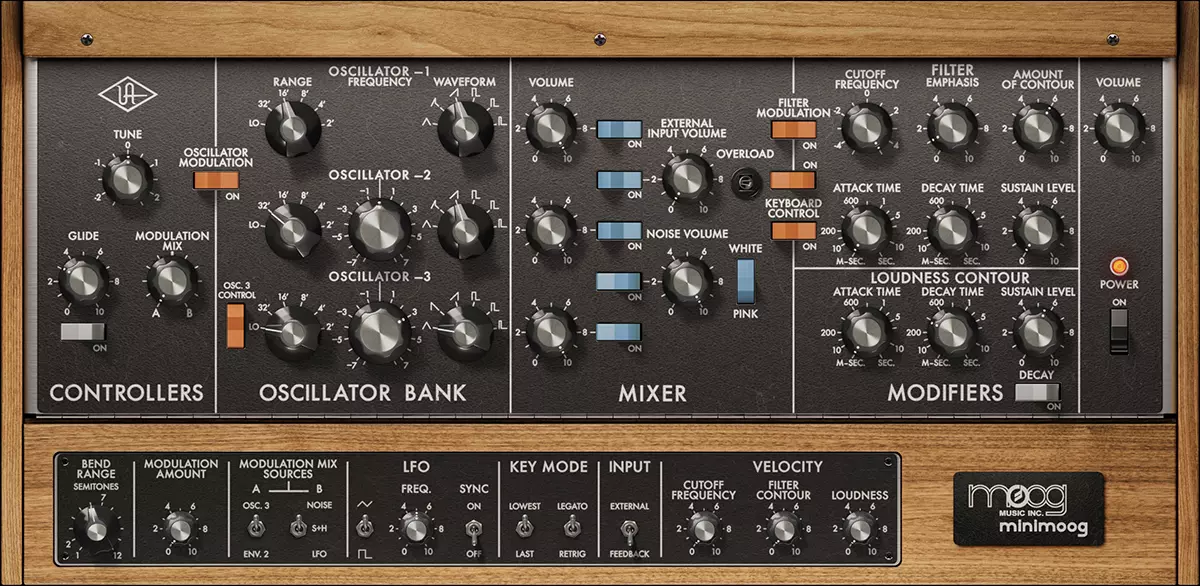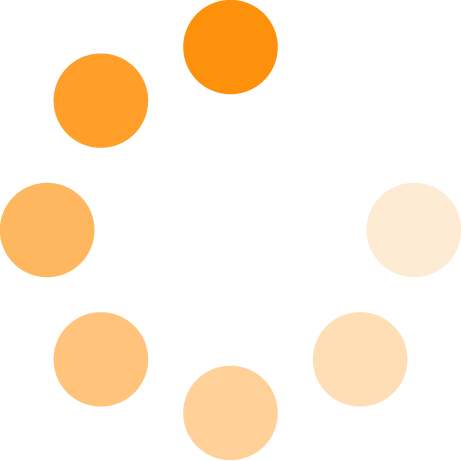A Complete Guide to Synthesizers
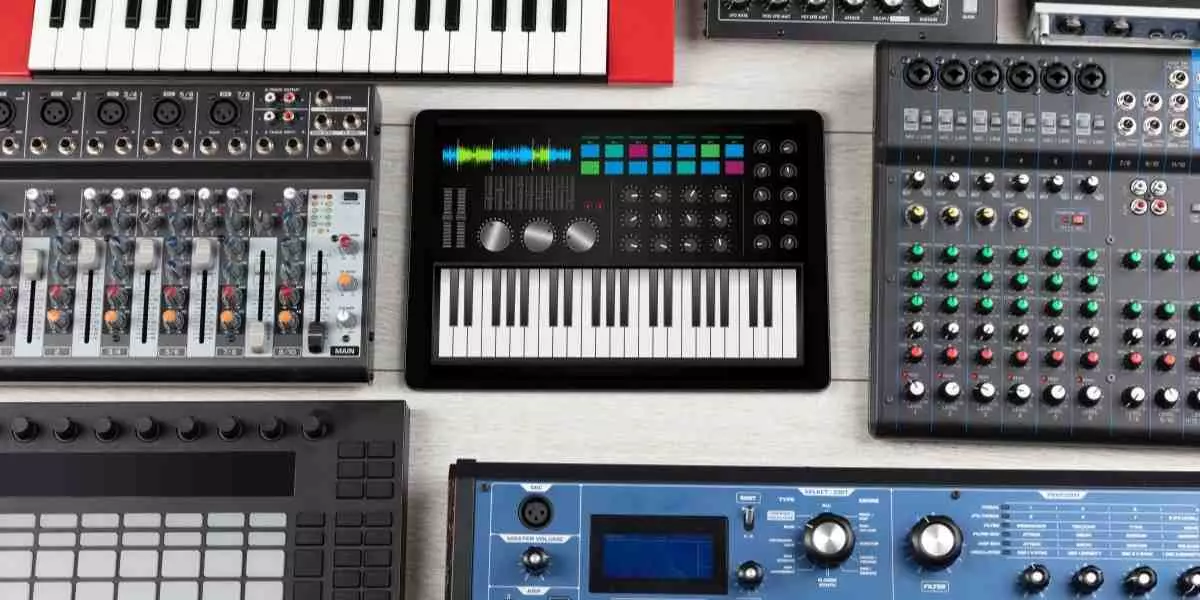
At first glance, purchasing and understanding a synthesizer can be overwhelming. Synthesizers have multiple knobs and switches, use terminology you may not understand, and numerous menus on a small screen.
This article will serve as a guide to answer all synthesizer-related questions. We will be looking at:
- What is a synthesizer?
- The different types of synthesizers and their key differences
- How a synthesizer works
- Analog vs digital synthesizers
- Software & Plugins
- Recommended synthesizers for every musician level
What is a Synthesizer?
A synthesizer is "an electronic apparatus that generates audio signals." These signals, or waveforms, can be generated through analog circuits or digital signal processing (DSP) to form sounds. DJs and sound designers use synthesizers to produce music and create electronic music.
Synthesizers like a piano can have a conventional keyboard ranging up to 88 keys. Synths can also be a desktop module, which houses the circuitry of the synth. These modules can have a built-in pseudo-keyboard. You can also control them with an external keyboard, like a MIDI controller.
Synthesizer vs Keyboard
Despite what people may think, a synthesizer is different from a keyboard. A keyboard is a musical instrument, while a synthesizer isn't necessarily a musical instrument. Synthesizer keyboards exist, but not all keyboards have synthesizers, which are not required.
Synthesizer Types
Three subtypes of synthesizers within the analog and digital realm determine how sounds form:
- additive, where you build a sound from scratch by combining waveforms from a wavetabl
- subtractive, where you use filters and modulation to shape sounds
- frequency modulation, or FM, which uses blocks called operators to manipulate waveforms
In this article, we'll focus on subtractive synthesizers. Most manufacturers make subtractive analog and digital synthesizers because they are beginner-friendly. Additive/wavetable synths and frequency modulation synths are more advanced.
Synthesizer Signal Flow
Understanding how a synthesizer makes sound is the first step to learning the basics. The process begins with sending the audio signal from point A to point B. When you press a key, a signal goes through four stages. These four stages come together to make up a synth's voice:
- The Oscillator is voltage-controlled/digitally-controlled (abbreviated as VCO/DCO) - and generates sine, sawtooth, triangle, square, or a combination of those waveforms. Sometimes, it creates a different kind of noise entirely. A synth can have one or several oscillators; the more oscillators you can access, the more complex a sound you can craft. Voltage-controlled oscillators can be tuned to different octave ranges or notes in unison.
- Filters shape the character, or timbre, of the sounds generated by the oscillator by filtering out a waveform's harmonic content. If you're familiar with a graphic equalizer, a filter behaves similarly by selectively removing those harmonics at a set cutoff. High-pass filters take out harmonics below the cutoff, low-pass filters take out harmonics above the cutoff, and band-pass filters combine the two. Once the resonance is set, it accents specific harmonics at a set point. Like oscillators, they can be voltage- or digitally-controlled (VCF/DCF).
- Envelope Generators (EG) further shape a synth sound by telling certain functions how to behave when you press the key. They have four states, abbreviated as ADSR:
- Attack: the time it takes for the envelope to open when the key is pressed
- Decay: the time between the attack and the sustain
- Sustain: the maximum state of the envelope
- Release: the time it takes for the envelope to close after the key is released
Envelope generators linked to a filter will sweep through the harmonics, similar to a wah-wah pedal. Meanwhile, envelopes linked to the amplifier will produce varying volume sweeps. You can set an envelope generator's amount or how subtle/drastic the effect has on the signal, as well as the polarity or direction of the envelope.
- Amplifiers (VCA/DCA) are the final stage before the sound goes out. This is where the sound is amplified loud enough to be sent to a mixer, a speaker, or headphones. Other parallel functions in the signal path that further manipulate the sound include (but are not limited to):
- The LFO, or low-frequency oscillator, is a function that can change an assigned parameter, such as pitch, at a constant rate and depth
- Pitch Bend and Modulation (mod) wheels shift the sound's pitch in a given range, adding modulation to filters/pitch/volume.
- Sequencers and arpeggiators allow you to play a pre-programmed sequence of notes or a repeating group of notes.
One Synth, Many Voices
As described above, a music synthesizer's voice is the path from the oscillator to the amplifier. The more voices a synth has, the more you can create sounds and chords that entirely use the synth. The advantage of a synthesizer is its creative ability to make unique sounds.
Monophonic
Monophonic has one voice and, therefore, one signal path. Monosynths can have multiple oscillators, but both are triggered with each key press. If you press a key while another is pressed or the still rings, the new note will replace it. An example of a monosynth you can purchase today is the Korg Mini Monophonic Analog Synthesizer.
Korg Mini Monophonic Analog Synthesizer
Paraphonic
Paraphonic synths expand on monosynths by allowing you to play two notes, effectively triggering multiple oscillators with each key press. However, there's still only one voice, so you are still limited to that path. The Moog Matriarch 4 Note Paraphonic Analogue Synth is an example of a paraphonic synth.
Moog Matriarch 4 Note Paraphonic Analogue Synth
Polyphonic
Polyphonic synthesizers are the most common and most versatile. Polyphonic synths allow you to build more complex sounds. Again, more voices equals more signal paths. For example, a 16-voice synth has 16 signal paths, and all a synth's oscillators have access to those paths. Most synths on the market are designed this way, although you can build mono- or paraphonic patches. The Modal Electronics Argon 8 37-Key Polyphonic Wavetable Synthesizer is an example of a polyphonic synth.
Modal Electronics Argon 8 37-Key Polyphonic Wavetable Synthesizer
Analog vs Digital Synthesizers
Inevitably, the most frequently asked question is which one is better, analog or digital? The answer to that is a popular answer to many "vs" questions; it depends. Both analog and digital synthesizers have a lot to offer. Which one you choose depends on your individual needs and budget.
Many musicians still value the warmth of analog synthesizers. However, their complex circuitry makes them more expensive and can take up more space. The Sequential Prophet series is a good example; the large 5-voice model features a beautiful raw sound.
Digitally-controlled synths retain the warmth of an analog synth, but with more condensed wiring for the analog components (printed circuit boards) and DSP, they allow for more features. These features include more polyphony that occupies less real estate and costs less. The Micro Freak and Mini Freak, made by Arturia, are excellent digital synthesizers that model analog sounds. They have extra features like digitally controlled oscillators that produce sounds outside the conventional waveforms.
Software Editors and Plugins
Musicians don't always have to use synthesizers as standalone instruments. It's becoming the norm to have functionality beyond the keyboard and module. This includes integrating computer-based software into the workflow. Software editors can now be installed on your computer and connected via USB to your synth. The advantage of this is that you can use your computer screen to access features that might be tricky to access on a synth's small screen.
Universal Audio Moog Minimoog - Download
Modern synths can be purchased as plugins for use in digital audio workstations. They are digital synthesizers turned into software, thereby becoming electronic instruments. A great example is Universal Audio’s software version of the Moog MiniMoog download.
So Which Synthesizer Should You Buy?
Choosing a synthesizer can feel overwhelming and get complicated. A good reminder is that most synths fundamentally function the same way. The type of synth you choose should make sense for your expertise and budget. Long & McQuade has a vast catalogue of analog and digital synthesizers for all budgets. You can also visit one of our locations and physically test a synthesizer to get a feel for it.
____________________________
Omar Findlay is a Toronto-based musician and producer who has been with Long & McQuade since 2012, having worked at several stores in the Greater Toronto area, including L&M Pro. Well-versed in many aspects of music and recording, he displays this knowledge through his music project Planetary and with other bands/artists. You can find Omar on Instagram at @ohmzaudio, and you can listen to Planetary on Bandcamp.

